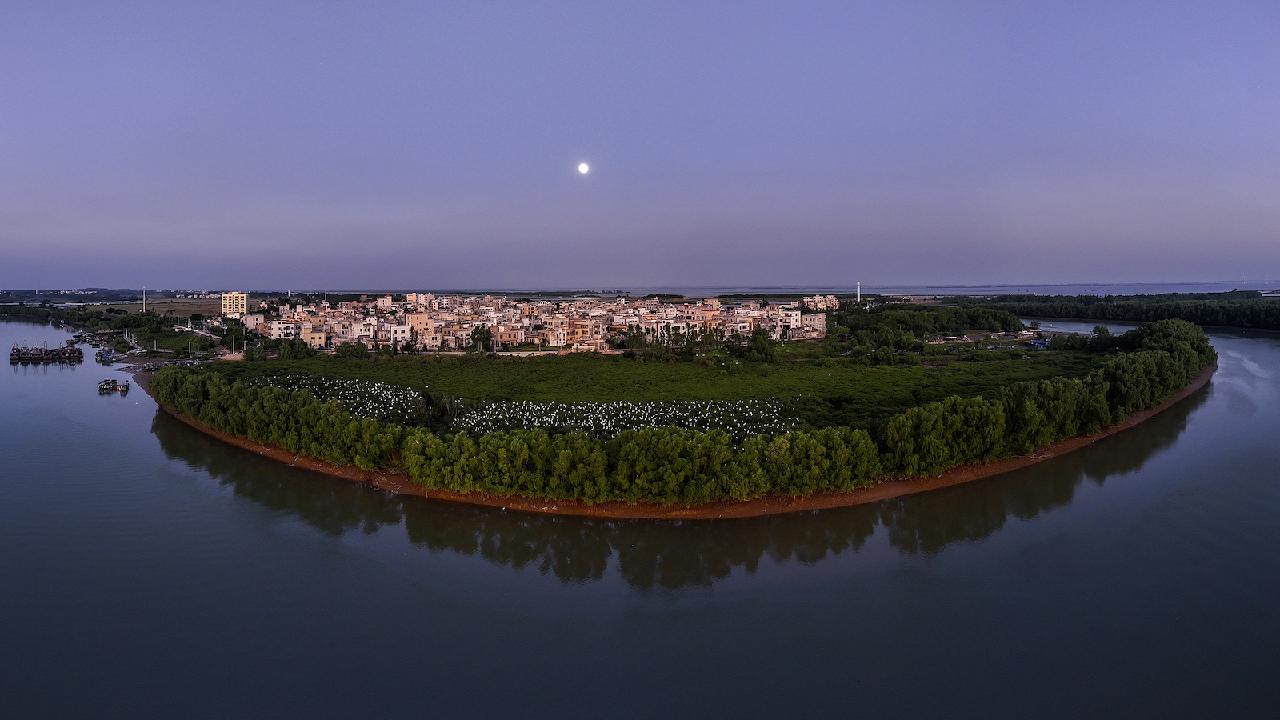China issues initial guidelines for mangrove restoration
China has announced its inaugural standards for mangrove restoration, marking a significant step in the country's environmental conservation efforts. This initiative aims to enhance the health of mangrove ecosystems, which play a crucial role in coastal protection, biodiversity, and carbon sequestration. The new guidelines provide a framework for restoration practices, ensuring that efforts are effective and sustainable. By establishing these standards, China seeks to address the degradation of mangrove habitats and promote the recovery of these vital ecosystems.

These standards, spearheaded by the institute, mark a significant development in the country’s approach to mangrove restoration, addressing the previously existing gap in standardized procedures for the restoration and evaluation of these vital ecosystems.
The standards aim to further enhance the protection and sustainable development of mangrove areas in China.
Mangrove ecosystems exist in intertidal zones at the crucial junction of land and sea, temporarily submerged by seawater, and are recognized for their high ecological, social, and economic importance. They are essential for supporting offshore fisheries, purifying water, and increasing carbon sequestration.
Nevertheless, global climate change and human activities—such as rising sea levels, abnormal temperature fluctuations, and increasing pollution—pose significant threats to these ecosystems, leading to considerable environmental changes.
The Global Mangrove Alliance's "State of the World's Mangroves 2024" report reveals that the global mangrove area has shrunk to approximately 14.7 million hectares, a reduction of 2.3 million hectares from the 17 million reported by the United Nations Food and Agriculture Organization in 2005. Alarmingly, 50 percent of the world's mangrove areas are currently at risk of collapse.
In response to these challenges, expediting the restoration of damaged mangrove ecosystems has emerged as a critical priority for international marine science, positioning mangrove restoration and protection as a significant topic of global marine research.
China currently has 27,100 hectares of mangroves. To enhance the protection of these ecosystems, the Chinese government initiated the Mangrove Protection and Restoration Action Plan in 2020, with a goal of increasing the country’s mangrove area to 36,000 hectares by 2025, in support of the national "dual carbon" strategy.
Previously, there were no standardized technical protocols for precise ecological restoration of mangroves, either in China or internationally.
The creation of such guidelines is vital for standardizing restoration and evaluation techniques across varied habitats. This would provide direction for practical applications and facilitate the sustainable development of mangrove ecosystems and their biological resources across China, South Asia, and Southeast Asia.
The newly released standards outline principles and technical procedures for the precise ecological restoration of mangroves in diverse habitats, covering aspects like species selection, screening, and configuration, as well as microbial community configuration.
Additionally, they offer methods for assessing the effectiveness of mangrove restoration efforts.
These technical specifications are designed to be practical, easy to implement, and in compliance with relevant national laws and regulations.
By addressing the existing gap in this area, the standards ensure that mangrove restoration and assessment initiatives are guided by clear criteria, which will help enhance both the ecological health and functions of mangroves, while also advancing precise restoration and evaluation practices.
Rohan Mehta for TROIB News
Find more stories on the environment and climate change on TROIB/Planet Health












